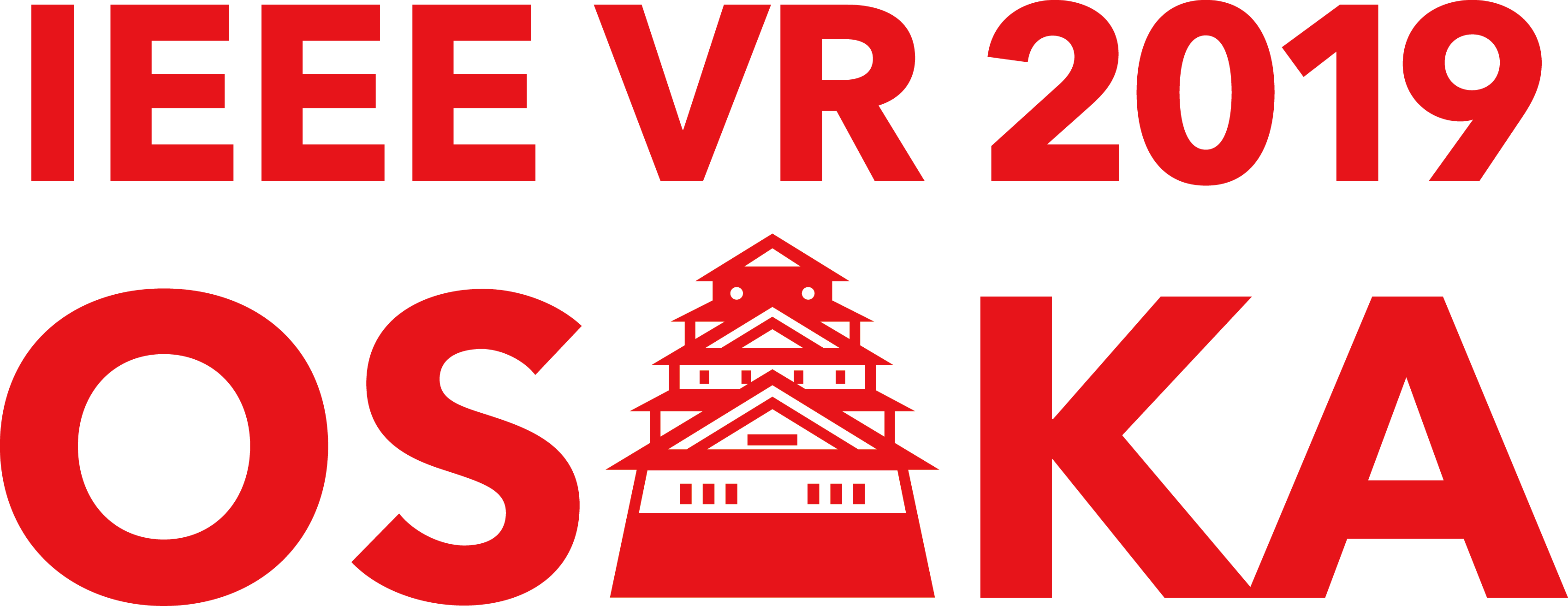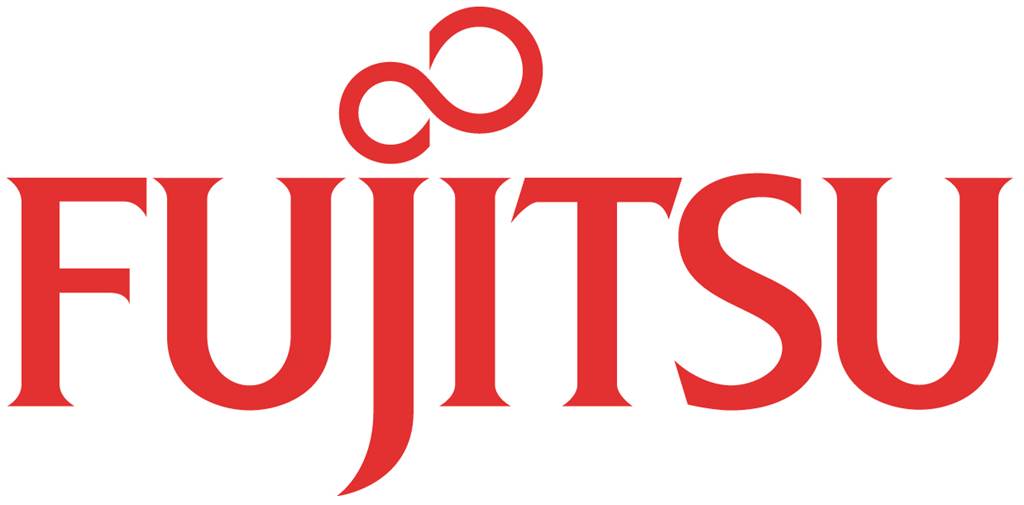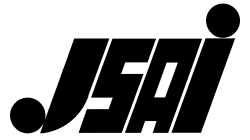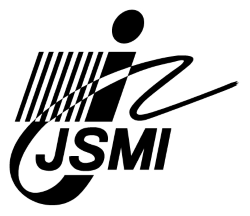
March 23rd - 27th

March 23rd - 27th
Sponsors
Diamond
Platinum
Gold
Silver
Bronze
Flower / Misc
Exhibitors
Supporters
IEEE Kansai Section
Society for Information Display Japan Chapter
The Visualization Society of Japan
The Robotics Society of Japan
Japan Society for Graphic Science
The Japan Society of Mechanical Engineers
Japanese Society for Medical and Biological Engineering
The Society of Instrument and Control Engineers
The Institute of Electronics, Information and Communication Engineers
Japan Ergonomics Society
Exhibitors and Supporters
Call for Videos
IEEE VR 2019: the 26th IEEE Conference on Virtual Reality and 3D User Interfaces
March 23-27, 2019, Osaka, Japan
http://ieeevr.org/2019/
Important Dates
- December 7, 2018: Submission deadline
Overview
We invite VR researchers and enthusiasts to submit videos showcasing virtual reality research, applications, and other creative work. Video submissions may also include 3D user interfaces, mixed reality, or augmented reality. We are proud to announce two video submission tracks: Technical Video and Creative VR. Accepted video submissions will be featured on the IEEE Virtual Reality Conference YouTube Channel.
Creative VR Track
Submissions to the Creative VR track should be artistic, creative, experimental, narrative, or journalistic in nature and produced in 360-degree spherical format. Audio-visual immersion and user participation have the potential to heighten a viewer's sense of presence and level of engagement with a presentation form that is closer to how we actually perceive and engage with the world around us. We are interested in originality and innovation in the design of immersive experiences. Video submissions in this track should be limited to 3 to 8 minutes in length and adhere with the specification outlined below. Your video should include a title slide at its beginning with the video's title, authors, and affiliations (similar to a typical presentation title slide).
Technical Video Track
Submissions to the Technical Video Track should be videos whose intent is to demonstrate preliminary results, consolidated researched results, works-in-progress, and research/technical demonstrations. We also invite video demos of creative VR experiences, documented and produced as a framed standard video. Technical video submissions should be limited to 2 to 5 minutes in length and comply with the specification outlined below. Your video should include a title slide at its beginning with the video's title, authors, and affiliations (similar to a typical presentation title slide).
Videos should be able to stand on their own, adequately present their topic, and be narrated in English. Videos can and should be submitted independently of a paper submission, although videos describing work in a submitted paper are welcomed. Selected videos will be included in the electronic proceedings and will also be prominently displayed during the IEEE Virtual Reality conference.
Submission Guidelines
Submissions must be submitted via email, to the Videos Chairs (videos2019 [at] ieeevr.org). Submissions must contain an abstract (see below) along with a URL download link to an MP4 of the video itself. The Creative Track submissions must also include an unlisted Youtube link.
Each video must be accompanied by a one-page PDF abstract. These descriptions will be included in the electronic proceedings, and therefore must be formatted using the IEEE Computer Society format described at http://junctionpublishing.org/vgtc/Tasks/camera.html.
Each abstract should include:
- A title.
- A 200-word abstract providing a description, summary, or logline for the submission.
- References (if applicable).
- Acknowledgements (if applicable).
- Contact information with author names, affiliations, and an email address for the lead author.
- A high-resolution (300 dpi) representative still image in the PDF document.
Technical Specifications for Submission
When preparing the video, please make it as professional as possible. Producing a video already requires a significant amount of effort, and spending just a little more effort to raise the quality can make a big difference. Submitted videos should follow the following guidelines:
Technical Video Track
- Length: 2 to 5 minutes.
- Standard framed HD video format.
- Your video will need to be submitted via a URL link to the MP4 file for download.
- Titles and credits should not be displayed more ten seconds: the content is the most important!
- MP4 container using the H.264 video and AAC audio codec!
- The MP4 must contain one video track and audio track.
- Please follow the YouTube recommended encoding settings (for frame rate and bitrate): https://support.google.com/youtube/answer/1722171
- Encode your video using square pixels for the pixel aspect ratio and disable interlacing.
- We strongly recommend 16:9 aspect ratio and a resolution of at least of 1280x720px. High frame rate and resolutions are possible if within the YouTube recommendations.
Creative VR Track
- Length: 3 to 8 minutes.
- Production might be live-action, CGI omni-directional rendering, visual FX compositing, etc.
- Titles and credits should not be displayed more ten seconds: the content is the most important!
- Spherical/equirectangular 360 degree format in monoscopic or stereoscopic 3D (top-bottom layout with left on top).
- Your video will need to be submitted via an unlisted YouTube link and a URL link to the MP4 for download. Use the YouTube 360 degree Video Metadata App to ensure that your video is recognized as an interactive 360 degree video: https://support.google.com/youtube/answer/6178631
- Aspect ratio is 2:1 for mono or 1:1 for stereoscopic 3D (top-bottom). Recommended horizontal resolution is 4k. YouTube recommends 16:9 aspect ratio, but the correct 2:1 aspect ratio for spherical projection seem to work as well and is preferred.
- Format MP4 container with one video track and audio track using the H.264 video and AAC audio codec!
- Please follow the YouTube recommended encoding settings (for frame rate and bitrate): https://support.google.com/youtube/answer/1722171
- Spatial audio is possible within the YouTube specification (1st order ambisonic): https://support.google.com/youtube/answer/6395969
- File size limit for download: 2GB.
Contacts
For more information or details on video submission, please contact the Video Chairs (videos2019 [at] ieeevr.org):
- Jian Chen, The Ohio State University
- Adam Jones, University of Mississippi
- David M. Krum, USC Institute for Creative Technologies















































